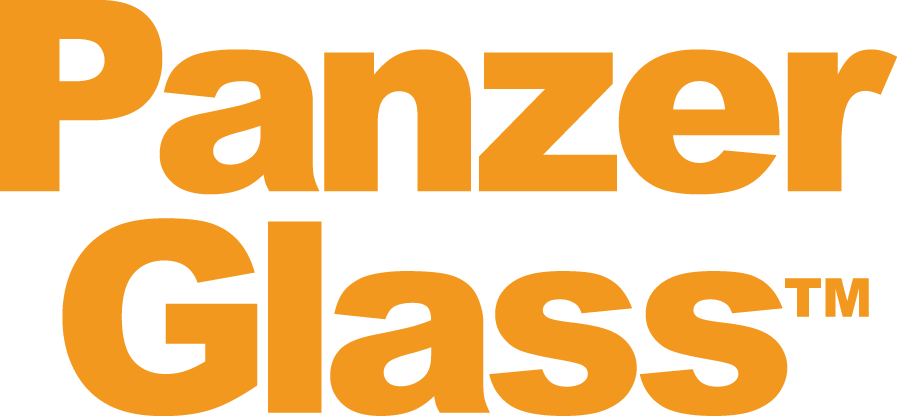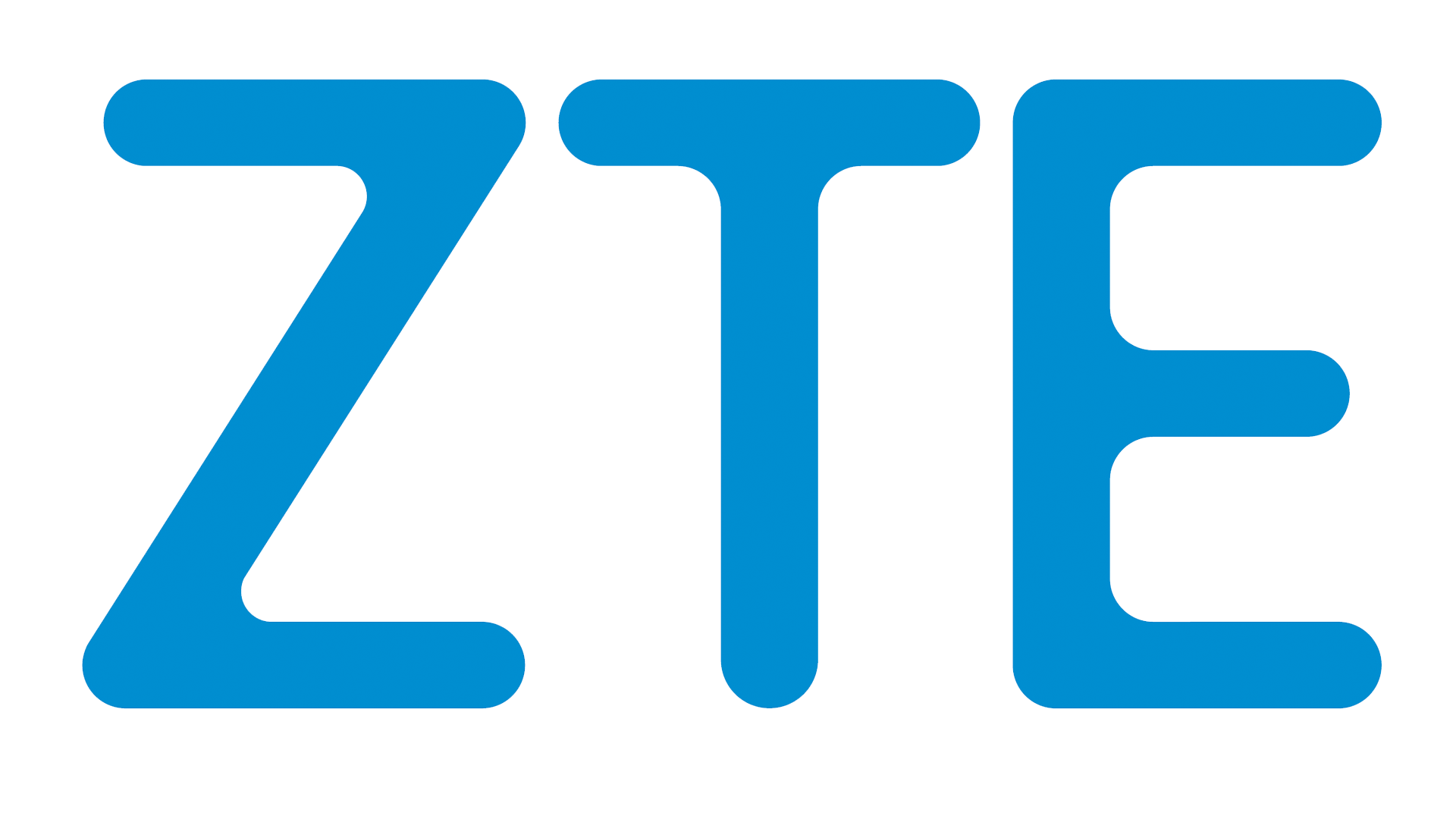The Dangers & Risks of Using Performance-Enhancing Drugs
While creatine is legal and not banned by most sports organizations, there are concerns about its long-term safety, particularly when used in high doses. Potential side effects include weight gain, digestive issues, and muscle cramps. It is defined as any substance taken in non-pharmacologic doses specifically for purposes of improving sports performance. The more common ones that you hear about are anabolic steroids like testosterone, human growth hormone, creatine Halfway house and ephedrine. It is difficult to determine the exact percentage of high school athletes who use performance-enhancing drugs (PEDs), as the use of PEDs is often not reported or detected.
Can You Build Muscle on a Plant-Based Diet? Here’s What Research Says
These often start with visible changes, including acne, shrinking testicles, and breast tissue development in men, and the development of an Adam’s apple and additional body hair in women. Continued use can cause the body to stop producing hormones naturally and lead to organ enlargement, stunted growth, liver damage, and fertility issues. Moreover, natural testosterone levels may never recover, making the consequences of doping irreversible. Side effects may also be psychological, with testosterone often being connected to increased aggressiveness because it impacts the brains subcortical structures in the amygdala and the hypothalamus. As with any anabolic steroid use, withdrawal from testosterone use may lead to depression, and even suicide. In conclusion, it is clear that the use of performance enhancing drugs should be allowed in sports.
Health News
Known as masking, this is just one more way athletes can find a way to cheat. Russian army doctors developed bromantane as a stimulant, something they could give to soldiers and cosmonauts to help them feel more alert and fight fatigue. Soon after, Russian athletes got hold of the drug, reporting that it helped them perform at peak levels without feeling exhausted. By comparing the results of a blood test administered right before a competition to the passport, officials can determine if an athlete has been using EPO or other performance-enhancing drugs.

Long-term effects
Ephedrine, for example, is available behind the counter in drug products, mostly as decongestants. (Dietary supplements containing ephedrine are illegal in the U.S.) Athletes, of course, aren’t interested in these. They https://stag.davinci-design.nl/what-it-means-to-be-a-social-drinker-and-when-it/ want ephedrine for an extra boost of energy despite the warnings that the drug can cause high blood pressure, dizziness, shortness of breath and cardiac arrhythmia. Some anti-doping officials believe bromantane can hide the abuse of more serious drugs, such as steroids.
For more information about effects of performance-enhancing drugs, click here. Anabolic agents can alter levels of hormones such as progesterone, estrogen, and testosterone. Narcotic analgesics – these are painkillers that are used to help an injured athlete continue to train and perform in big competitions despite their injury or allow an endurance athlete to tolerate a greater level of pain.

Rhymes for performance-enhancing drug
- If you have a child – or care for a child – 700 Children’s was created especially for you.
- These are synthetic derivatives of testosterone, designed to promote muscle growth and enhance physical performance.
- In women, they will begin to develop ‘manly’ features such as baldness, more body hair, and a bigger clitoris.
- However, some athletes have used beta-2 agonists to enhance performance, particularly in endurance sports14.
Some drugs are banned both in and out of competition due to their performance enhancing properties, while others are only banned during competition. Another reason for banning a drug is due to their ability to mask the presence of a different banned drug during testing. Any player testing positive for a drug of abuse or found to possess such a drug must submit to an initial evaluation by medical personnel, who then determine whether or not a treatment program is necessary. The treatment program is agreed upon by medical personnel and the player, who can complete treatment as either an inpatient or an outpatient. Players who refuse to comply with the treatment program or who test positive for drugs of abuse after their evaluation and commitment to the treatment board may find themselves suspended or subject to other discipline.
- Steroids affect the liver by increasing its workload and causing cell structure changes, leading to inflammation.
- Limited evidence supports rHuEPO benefit on performance despite increases in both VO2max and maximal power output, and severe cardiovascular risks are documented.
- The differences in structure, substrate activities, and half-life affect the biological profiles of these anabolic-androgenic testosterone derivatives.
- Low LDL and HDL levels increase the risk of atherosclerosis, a condition where fatty substances build up on artery walls and restrict blood flow.
- Faster protein synthesis, which means bigger, stronger muscles in less time.
- Producing more urine also helps dilute any drug metabolites which may be in the urine, which is why some athletes use it for masking illegal substances in their urine.
FIND A SPORTS DOC
Side effects include what are peds liver toxicity, cardiovascular problems, hormonal imbalances, mood disturbances, and in severe cases, permanent organ damage. A diet rich in lean protein (1.6‑2.2 g per kilogram of body weight), complex carbs for sustained energy, and plenty of fruits and vegetables for micronutrients sets the stage for optimal adaptation. Pair that with a periodized training program (progressive overload, recovery weeks, and sport‑specific drills) and you’ll see steady, lasting gains. If you genuinely need a medication that’s on the banned list—say you have asthma and need a high‑dose inhaler—you can apply for a TUE. The process involves medical documentation, a review by your sport’s anti‑doping agency, and often a strict monitoring plan. Even if you’re not a professional athlete, the legal status of these substances matters because it influences your health insurance, employment, and even travel.
Lipodrene: What You Need to Know About The Weight-Loss Tablet That Milli…
The organs and digestive system may also increase in size, which may eventually cause heart failure. Excessive use of HGH in adults may also lead to diabetes; muscle, joint and bone pain; osteoarthritis; cardiac limitations; hypertension; and abnormal heightened symptoms of cardiovascular disease. Exogenous steroids are synthetically created versions of the testosterone hormone. Relying on performance-enhancing drugs can cause athletes to lose trust in their natural abilities.



















